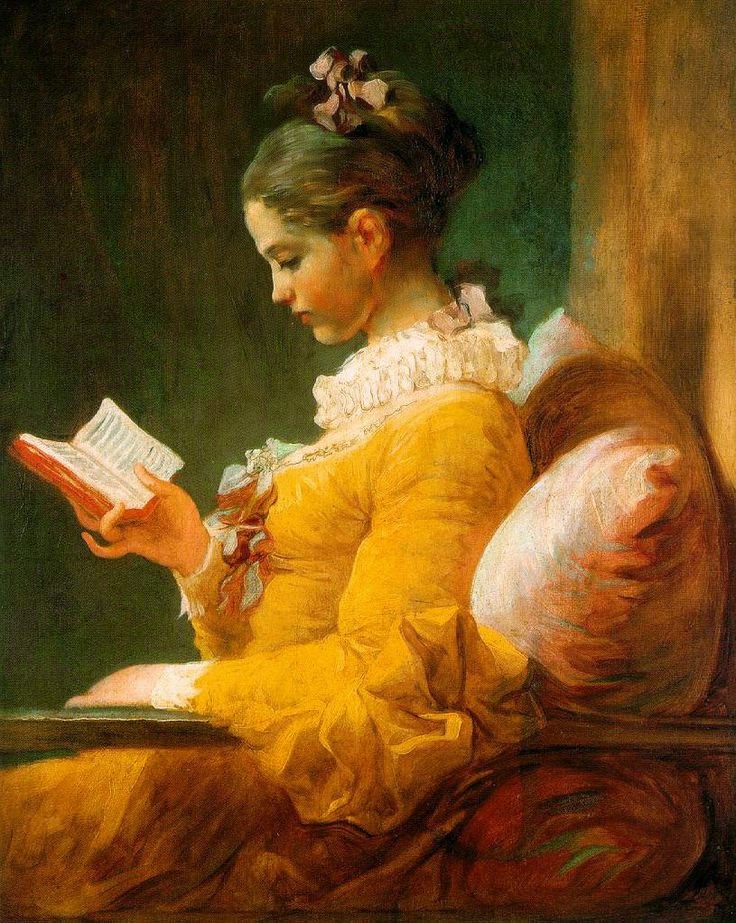ANOTHER
weekend, another book review from The
Lipstick Papers! Today we have a memoir by scholar and author Patricia
Volk, published in 2013, and titled Shocked:
My Mother, Schiaparelli and Me!
I got this
book after hearing an interview with Patricia Volk on NPR, the public radio
station of the US. Anything that has to do with beauty interests me, and this
memoir is about Audrey Volk, the author’s mother, who was a famed beauty and
restaurant hostess in New York.
Theme: the
theme is Audrey’s life and beauty, and her relationship to beauty, juxtaposed
with Elsa Schiaparelli’s life and beliefs. Beauty, as the author tells us, “was
Audrey’s main arena”. A large part of Audrey’s identity was defined by being
beautiful, and by being a wife and mother. Also, by being a true lady. However,
these ideas were sometimes also restricting. The author juxtaposes Schiaparelli’s
lack of beauty and anti-conformity to her mother’s never ending beauty routines
and devotion to convention.
Strong
point(s): Because Audrey was a good mother, if only a bit peculiar, the memoir
is written lovingly, and any criticism is positive; the author draws a good
picture of her mom, and a lively picture of 1960s New York. The account of Elsa
Schiaparelli’s life is also very well-written. Also, the presence and importance
of beauty, beauty rituals, fashion and make-up is drawn very well.
Weak Point(s):
Not much really; Patricia Volk’s book is complex but not difficult to read, and
contains advice we all need on the way to self-definition. However, sometimes
the juxtaposition of the two lives (Audrey Volk’s and Elsa’s) seems slightly
forced, and not natural.
Weak Point(s):
Not much really; Patricia Volk’s book is complex but not difficult to read, and
contains advice we all need on the way to self-definition. However, sometimes
the juxtaposition of the two lives (Audrey Volk’s and Elsa’s) seems slightly
forced, and not natural.
This is a
lovely book for anyone who is interested in beauty and the time, patience and
art women need to carry out their beauty routines!
Till next
week, have a great time, always with beauty and a book!















































